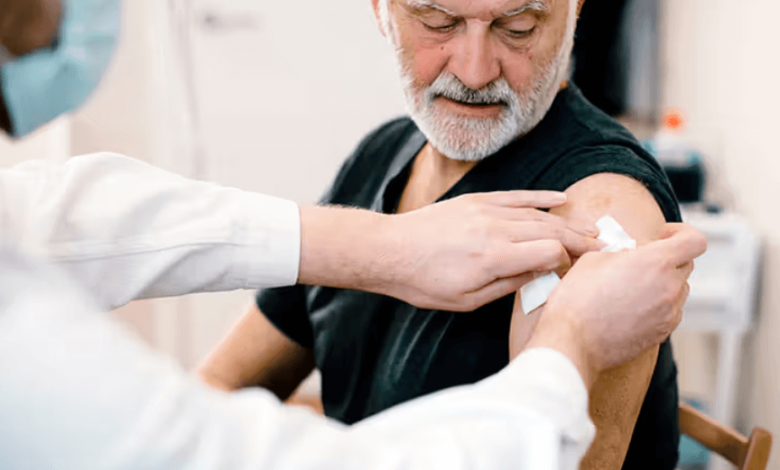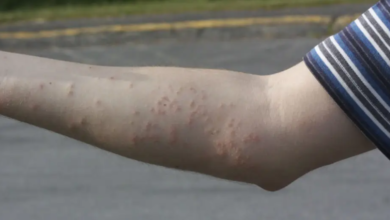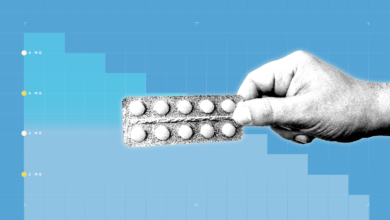The Root Causes of Shingles: How and Why It Happens

Shingles is a painful and often distressing condition that affects millions of people worldwide. Characterized by a blistering rash and nerve pain, shingles is caused by the reactivation of the varicella-zoster virus—the same virus responsible for chickenpox. But what exactly causes shingles to appear, sometimes decades after the initial chickenpox infection? In this blog post, we’ll explore the root causes of shingles, how it develops, and why it affects some people more than others.
What is Shingles?
Before diving into the causes, it’s important to understand what shingles actually is. Shingles, also known as herpes zoster, is a viral infection that results in a painful rash typically appearing on one side of the body or face. The rash follows a nerve pathway and is accompanied by symptoms such as burning, itching, and tingling sensations. In some cases, the pain can persist long after the rash clears—a condition called postherpetic neuralgia.
The Varicella-Zoster Virus: The Hidden Culprit
The primary cause of shingles is the varicella-zoster virus (VZV). This virus initially causes chickenpox, usually in childhood. After a person recovers from chickenpox, the virus doesn’t leave the body—it stays dormant, hidden in nerve cells near the spinal cord and brain. For most people, the virus remains inactive without causing any symptoms.
However, shingles occurs when the dormant virus reactivates. This reactivation triggers the virus to travel along nerve fibers to the skin, causing the characteristic rash and nerve pain.
See also: What Are the Best Facial Rejuvenation Procedures in New Orleans?
Why Does the Virus Reactivate?
The exact triggers for VZV reactivation are not fully understood, but several factors have been identified that increase the likelihood of shingles developing:
1. Weakened Immune System
One of the most significant causes of shingles is a weakened immune system. The immune system normally keeps the varicella-zoster virus in check, preventing it from waking up. However, when immunity declines—due to aging, illness, or immunosuppressive treatments—the virus can reactivate.
- Age: Shingles most commonly affects people over 50 because the immune system naturally weakens with age.
- Medical Conditions: Conditions like HIV/AIDS, cancer, or autoimmune diseases can reduce immunity.
- Medications: Certain medications such as chemotherapy drugs or steroids suppress the immune system and increase shingles risk.
2. Stress and Physical Trauma
Emotional stress and physical trauma can weaken the body’s defenses and potentially trigger shingles. Stress is known to affect immune function, making it harder for the body to keep the virus dormant. Physical injury near the nerve areas where the virus resides can also provoke its reactivation.
3. Other Illnesses and Infections
Other infections can temporarily reduce immune function, giving the virus an opportunity to reactivate. For example, a severe cold or the flu can sometimes precede shingles outbreaks.
4. Certain Lifestyle Factors
Poor nutrition, lack of sleep, smoking, and excessive alcohol consumption may all contribute to a weakened immune system, indirectly increasing shingles risk.
Who is at Risk?
While anyone who has had chickenpox can develop shingles, the risk varies depending on several factors:
- Older Adults: As mentioned, people over 50 are more susceptible.
- Immunocompromised Individuals: Those with compromised immune systems are at higher risk.
- People with Chronic Illnesses: Diabetes, kidney disease, and other chronic conditions may raise susceptibility.
- Stress and Trauma Exposure: Those experiencing high stress or physical trauma have a greater chance of shingles.
How Shingles Develops: The Process
- Dormancy: After chickenpox, the virus remains inactive in nerve cells.
- Trigger: When the immune system weakens or a trigger occurs, the virus reactivates.
- Travel: The virus travels along nerve fibers to the skin’s surface.
- Symptoms: A painful rash develops in a band or strip on one side of the body.
- Resolution: The rash typically heals in 2 to 4 weeks, but nerve pain can last longer.
Preventing Shingles
While shingles can be painful and inconvenient, there are ways to reduce your risk:
- Vaccination: The shingles vaccine is highly effective in preventing shingles or reducing its severity. It is recommended for adults aged 50 and older.
- Healthy Lifestyle: Maintaining a balanced diet, managing stress, and avoiding immune-suppressing habits can help keep your immune system strong.
- Manage Chronic Conditions: Keeping illnesses like diabetes under control helps bolster your body’s defenses.
When to See a Doctor
If you experience a painful rash or unusual tingling sensations on your skin, it’s crucial to consult a medical professional promptly. Early intervention with antiviral medications can lessen the intensity and length of shingles while helping to prevent complications such as postherpetic neuralgia. For specialized care and nerve-related concerns, consider reaching out to a neuropathy specialist near you.
In Conclusion
Shingles is a condition rooted in the reactivation of the varicella-zoster virus that remains dormant after chickenpox. The causes of its reactivation primarily revolve around weakened immunity, stress, illness, and other lifestyle factors. Understanding how and why shingles happens empowers you to take preventive steps, including vaccination and healthy living, to reduce your risk and protect your health.
If you or someone you know is concerned about shingles, talk to a healthcare professional about vaccination and ways to strengthen your immune system. Being informed is the first step toward keeping shingles at bay.





